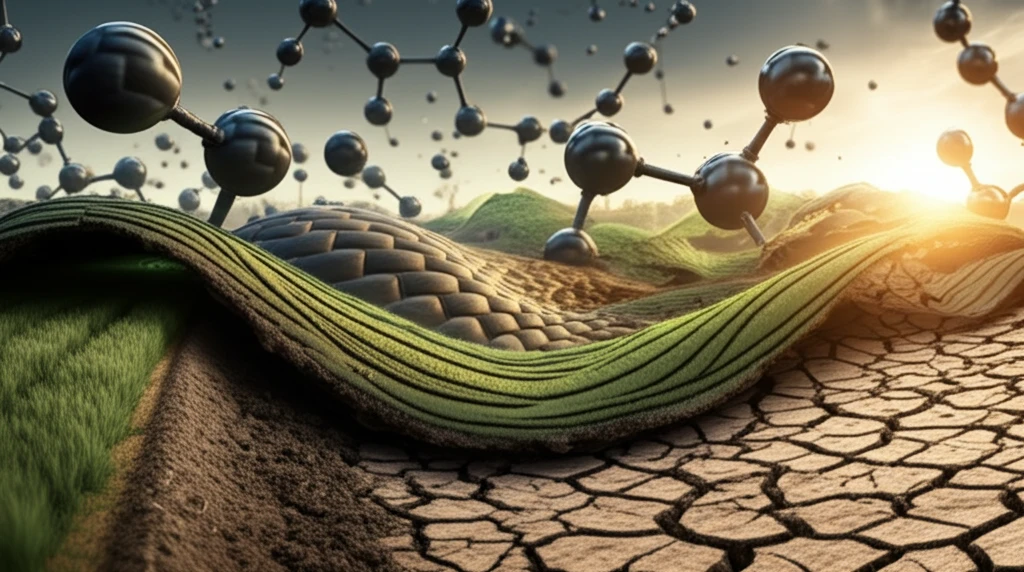
Soil Carbon Sequestration: Can It Really Save Us From Climate Change?
"Dive into the complexities of soil carbon sequestration and discover why this climate mitigation tool might be more elusive than we think."
The pressing need to stabilize greenhouse gas concentrations in our atmosphere stands as one of the monumental environmental challenges of our time. To tackle this, humanity can focus on two primary strategies: curbing fossil fuel emissions and developing methods to remove greenhouse gases already released into the atmosphere.
Industry, transportation, and domestic activities release approximately 10 gigatons of carbon dioxide (CO2) annually. The concept of capturing atmospheric carbon dioxide and storing it as organic carbon in the biosphere has garnered attention as a potential supplementary strategy to mitigate the pace of climate change.
For nearly two decades, soil scientists have been exploring the possibility of sequestering carbon in soil organic matter. The underlying idea is that millennia of agricultural practices have depleted global soil carbon by about 116 gigatons. By adopting new agricultural techniques, it's proposed that a significant portion of this carbon could be restored, turning cultivated soils into valuable tools for climate change mitigation.
The Barriers to Soil Carbon Sequestration: Why It's Not So Simple

Despite the seemingly straightforward concept, significant cultural, economic, and physical obstacles hinder the effectiveness of soil carbon sequestration as a primary climate mitigation strategy. The implementation of soil carbon sequestration on a global scale faces complex challenges. These challenges begin with a researcher's limited understanding of their stakeholders and a lack of appreciation for the complexity of the policy implementation involved.
- Cultural Differences: Farmers, particularly in the United States, tend to be conservative, valuing personal independence and authority. This can lead to suspicion of environmental initiatives proposed by academics and government entities.
- Economic Realities: Many farmers reject the idea that human activities are causing climate change, viewing it as government overreach. A recent survey in California indicated that farmers are more concerned about increased government regulations than the direct impacts of climate change on their operations.
- Land Ownership Complexities: In the U.S., a significant portion of farmland is operated by renters who may lack the financial incentive to invest in long-term conservation programs. Absentee landowners may also have little interest in these initiatives.
Focusing on Adaptation: A More Realistic Approach
While soil carbon sequestration presents challenges as a primary climate change solution, improving soil health remains crucial for adapting to a changing climate. Instead of emphasizing carbon sequestration as the primary goal, a more effective approach involves prioritizing improvements in water management, soil erosion prevention, and food security. This involves adapting soils and agricultural practices to withstand a rapidly changing climate, ensuring the continued production of food.
